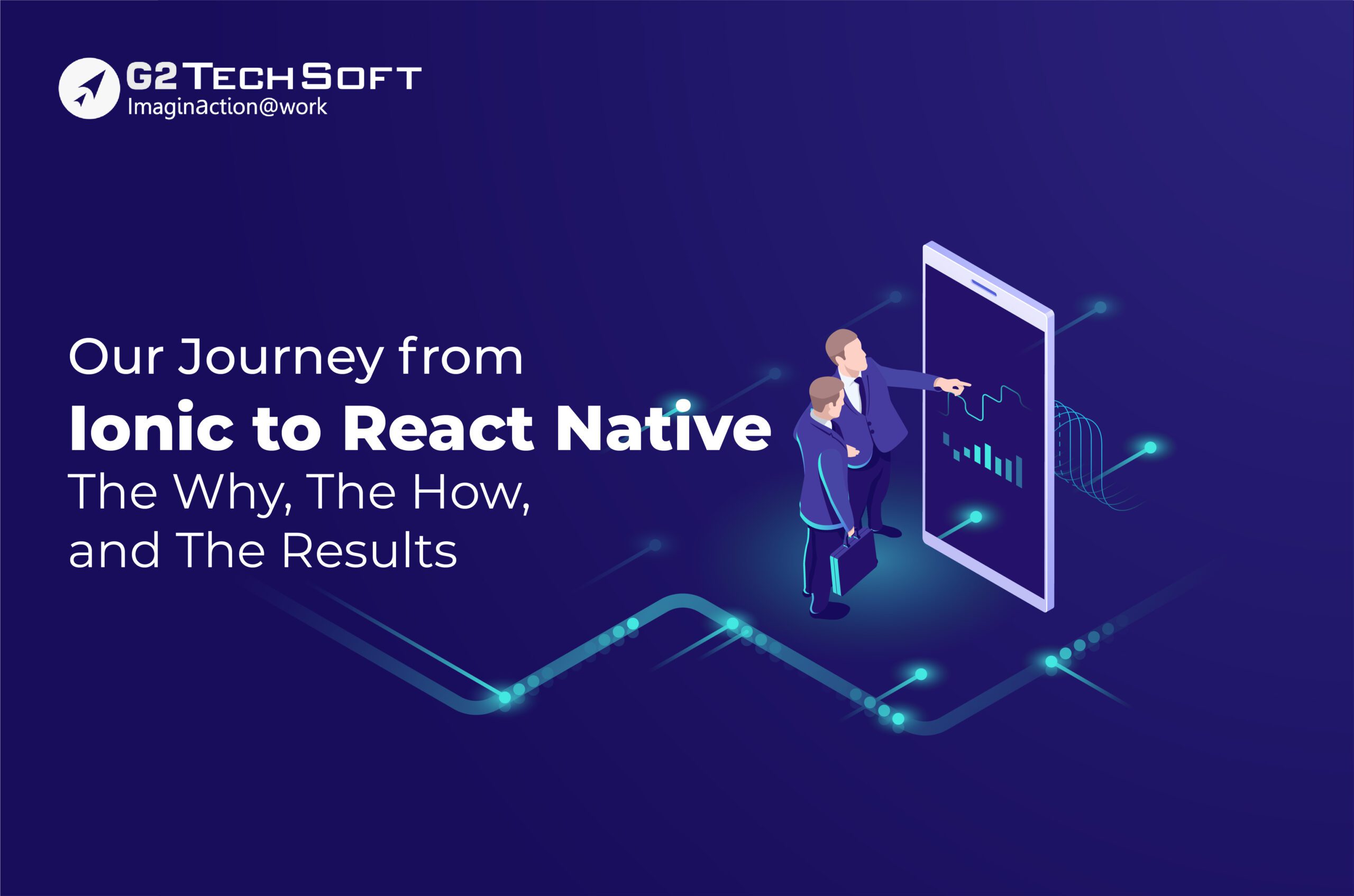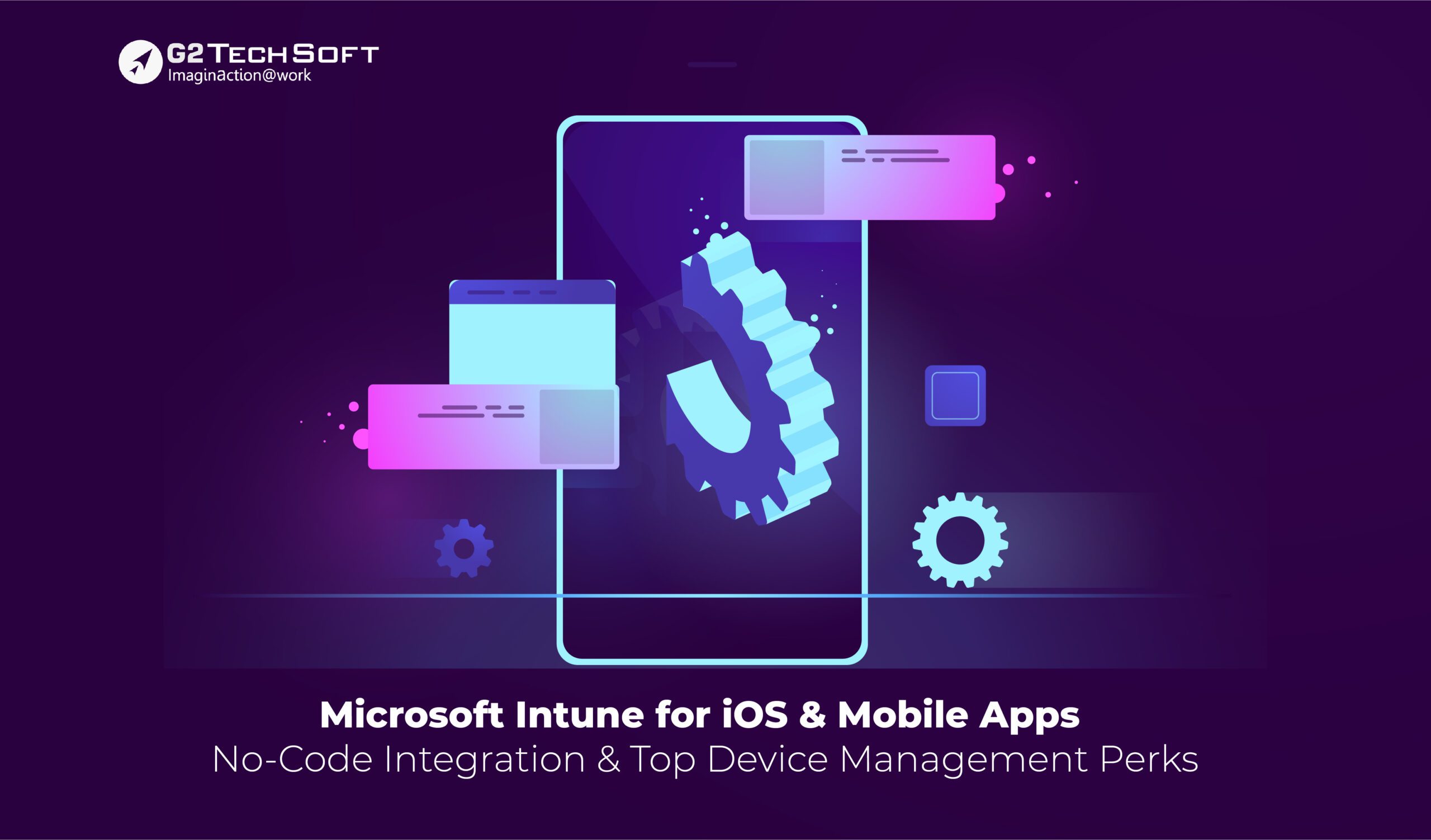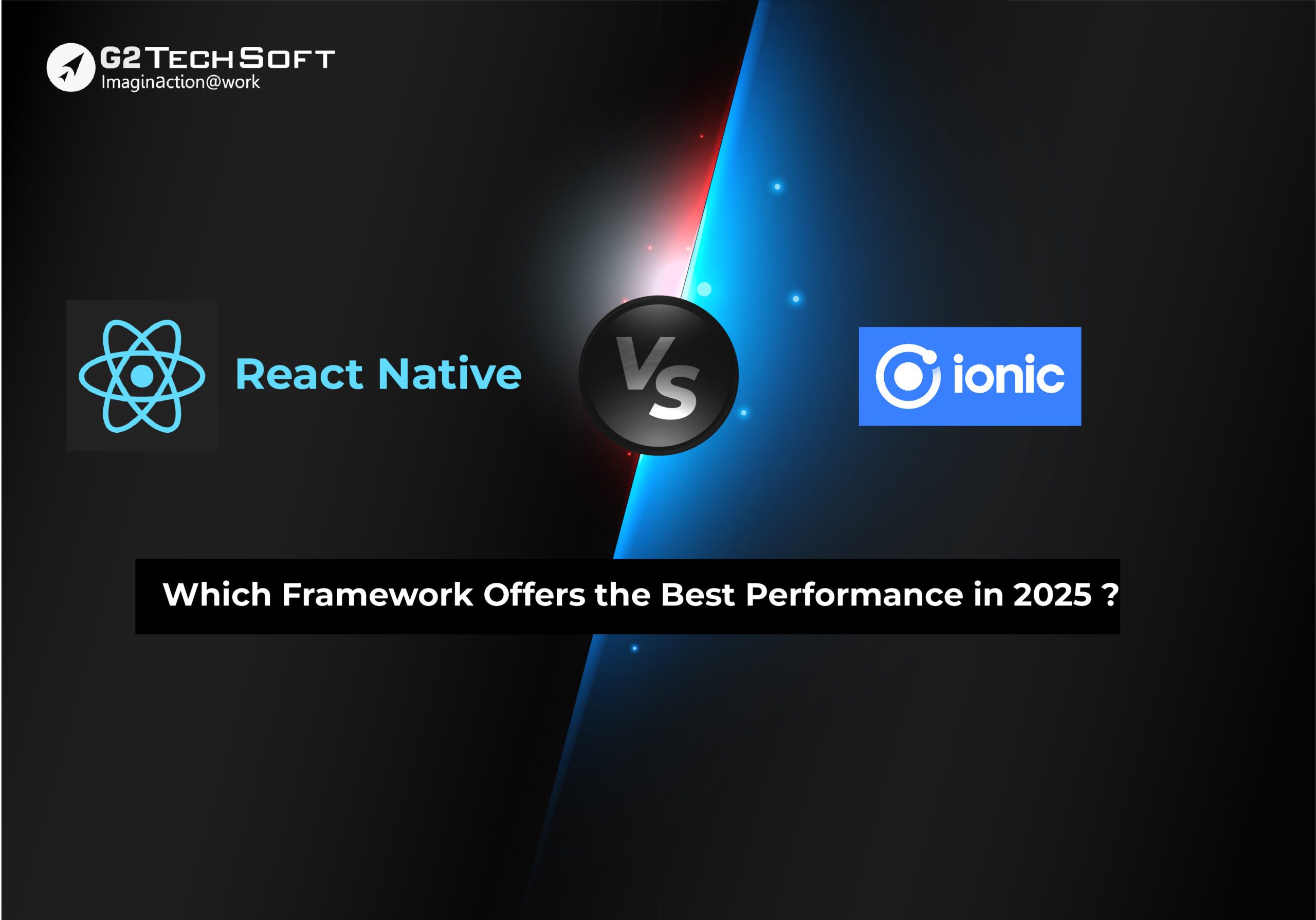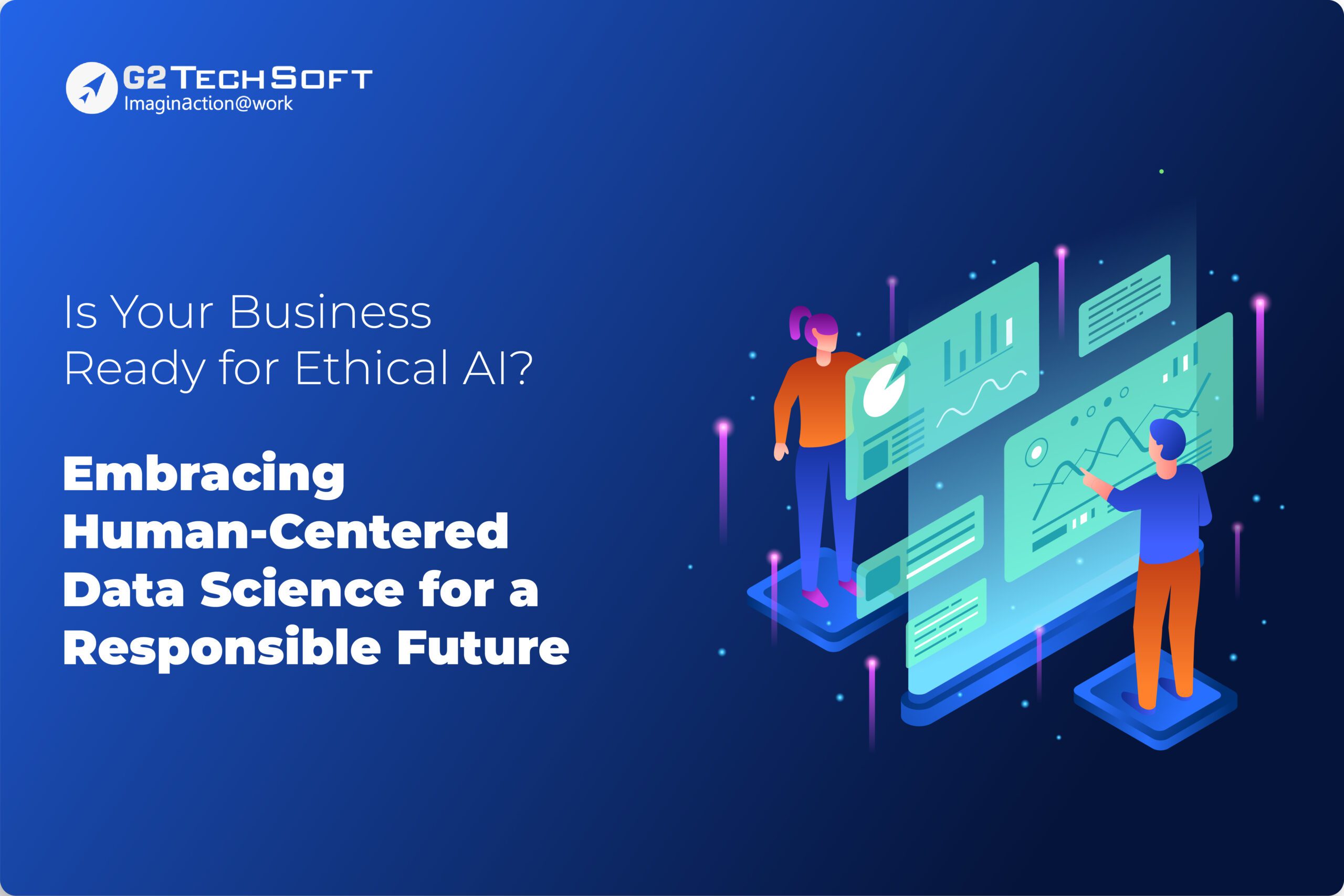
Persuade the business growth manifestly by Modernizing your Legacy Application
Introduction:
A common long-time desire for any businessman is to make their firm more adaptable. Currently, a revolutionary technology world is emerging where every interaction is digitally based.
For entrepreneurs who intend their organizations to expand and grow fast while maintaining a high level of security and reliability, Modernizing the legacy system offers the ideal option.
Let’s see how Modernizing the Legacy system is essential for business development and dependability in the future.
What Is A Legacy System And How Does It Negatively Impacts The Business?
A computer network that continues to employ outdated software or hardware is known as a “legacy system.” A legacy system cannot change because it prevents the use of modern technological solutions.
Legacy systems lack the resources necessary to function properly. The optimal idea is to substitute them.
Companies still relying on antiquated technology should begin experimenting with new alternatives like legacy software modernization immediately; otherwise, they will be disrupted in the future. Businesses may employ legacy modernization as a process-improvement innovation. It’s a legacy modernization strategy that can assist businesses in outpacing their rivals.
Organizations realize it’s time to upgrade their legacy systems when they find themselves unable to interface with modern solutions due to outdated technology.
A software modernization process aims to help businesses accomplish their declared corporate objectives. The time needed to upgrade the hardware and application should be assessed first.
Another crucial phase is planning, anticipating, and averting possible dangers. Modernizing a system means boosting performance and using cutting-edge technological concepts.
Existing applications require time-consuming and expensive maintenance. Not all of today’s technology is suitable for them.
Failure to adapt to current technologies might limit corporate expansion. You will almost certainly incur costs while updating outdated systems, and maintaining them may be more expensive. G2TechSoft’s 16+ years of accumulated experience in enterprise product maintenance and support services provide expert support firmly.
The following, however, are some issues that businesses run into while updating and maintaining outdated systems:
- By utilizing outdated technology, it is challenging to maintain employee motivation.
- Companies with outdated systems find it challenging to navigate the complexities of a changing market.
- The majority of new software is inconsistent with technologies already in use.
- Legacy software technology is sensitive and very vulnerable to cyberattacks.
- Most of the aforementioned causes contribute to low productivity.
Adopt The Legacy Application Modernization Strategy By Accomplishing The Right Approach:
Pick the most effective strategy for efficiently updating outdated programs. The procedure for accomplishing this precisely is as follows:
Data Integrity:
Any successful plan for modernizing outdated applications should include data security as a need.
Instances of system hacking or data breaches are becoming increasingly frequent today. Thus, you must make plans to protect your current application against scammers.
Modern technology is now widely accessible on the market to protect both personal and company data.
Framework:
You must take into account the architecture of an existing program to decide the best strategy to update a legacy application.
An application’s architecture must be carefully designed for it to work effectively. The architecture will be built with the application’s logical functioning and appropriate navigation in mind.
Financial Possibilities:
If you intend to put your plan into action successfully, you must meticulously arrange your budget.
Start by allocating a particular sum to the overall legacy application modernization process as well as each sub-process. To prevent stopping in the middle, this is very necessary.
You’ll be more easily and quickly able to accomplish your goals if you set budgetary restrictions.
Future And Present Risks:
It’s also crucial to take the hazards into account. Any procedure that you are unfamiliar with has the potential to fail. You must thus weigh the drawbacks and perks.
You must create a successful relocation plan to reduce any potential dangers.
Procedures And Plans In Effect:
To ensure that your strategy is effective and sound, you must first assess all of your present business operations to see what needs to be modernized in the current software to support your company’s operations. Also, keep in mind that this should be taken into consideration if you want to implement new procedures in your company.
Factors That Should Be Considered By The Businesses For Application Modernization
The following are some important issues that businesses need to consider while considering modernizing outdated systems.
Consistent Migrating Tools With Newer Advancements:
The complexity of moving to the cloud or implementing a new software architecture can overload development teams.
For this reason, businesses should employ migration tools to speed up the procedure.
ROI Evaluation:
Making judgments objectively involves calculating the ROI. As a result, firms must do a comprehensive study and determine if the project will be lucrative in the long run.
An organization’s investments must align with both its long-term and immediate business objectives.
Cost Analysis:
An analysis of expenses reveals that maintaining old systems is more expensive than updating them.
Companies must avoid revamping their entire IT infrastructure as they upgrade. They must instead revert to solely updating those business-critical apps. They will save a great deal of time and money by doing this.
Financial Flexibility:
An organization’s IT budget has to have enough money set aside for upgrading. Modernization cannot be effective without a solid financial strategy that acknowledges the necessity for modernization and connects it to business change.
The absence of a budget can sabotage modernization initiatives and eventually lead to business losses.
Accessibility Of Documentation:
Any modernization plan needs an effective automated documentation procedure. A well-planned documentation approach can assist you in finding redundant processes and evaluating future modernization efforts.
Compliance With Overarching Tactics, Tools, And Guidelines:
Businesses must follow the proper strategy and make use of high-quality, user-friendly technologies to reach a maturity level that adds value to their operations.
Teams must follow the governing protocols, and the strategy must be taken into consideration while choosing the migration tools and making decisions during the operations.
Efficiently Evaluate Your Modernization With These Steps
Step 1: Efficient Evaluation Using Six Drivers
The modernization of applications is primarily fuelled by six factors. These are problems, challenges, or obstacles caused by legacy applications because of their technology, architecture, or functionality.
Three of these factors are business-related. Legacy applications need to be updated to properly fit and enhanced to deliver higher business value if they are not fulfilling the new standards mandated by digital business.
Applications that aren’t flexible enough to adapt to the needs of digital businesses might be expensive or dangerous. The three other factors are cost, complexity, and hazards from an IT standpoint.
It’s time to upgrade if the cost of ownership becomes excessive, the technology is too complicated, or security, compliance, support, or scalability are being challenged.
Step 2: Assessing Modernization
Look at modernizing possibilities when the opportunity has been decided upon and the issue has been located:
- By encapsulating the app’s data and functionalities and providing them as services via an API, you may use and enhance its functionality.
- Transfer the application component to a different infrastructure without changing its functions, features, or code.
- Modify the runtime platform, but leave the code’s features, structure, and methods mostly untouched.
- Refactor and modify the current code to get rid of technical debt and enhance nonfunctional elements.
- Change the code in a significant way to make use of new and improved features and new application architecture.
- The application component should be completely redesigned or rewritten while keeping its scope and standards in mind.
- Replace the previous application component with a new one.
Step 3: Pick The Modernization Strategy That Will Have The Most Impact And Value
Ultimately, by mapping the seven modernization alternatives in terms of their impact on technology, architecture, functionality, cost, and risk, pick the modernization strategy that will have the most impact and value for your company.
In the end, deciding between rebuilding, re-architecting, or replacing legacy programs is necessary. The goal is to analyze all of your alternatives to determine how much influence they will have while exerting the least amount of effort.
Conclusion:
Your business does a massive disservice in terms of efficiency and development potential if you continue to use antiquated system software.
By updating it, you’ll be able to stay on top of technological advancements, provide your business with new development opportunities, and do so while maximizing process efficiency, income, and cost savings.




